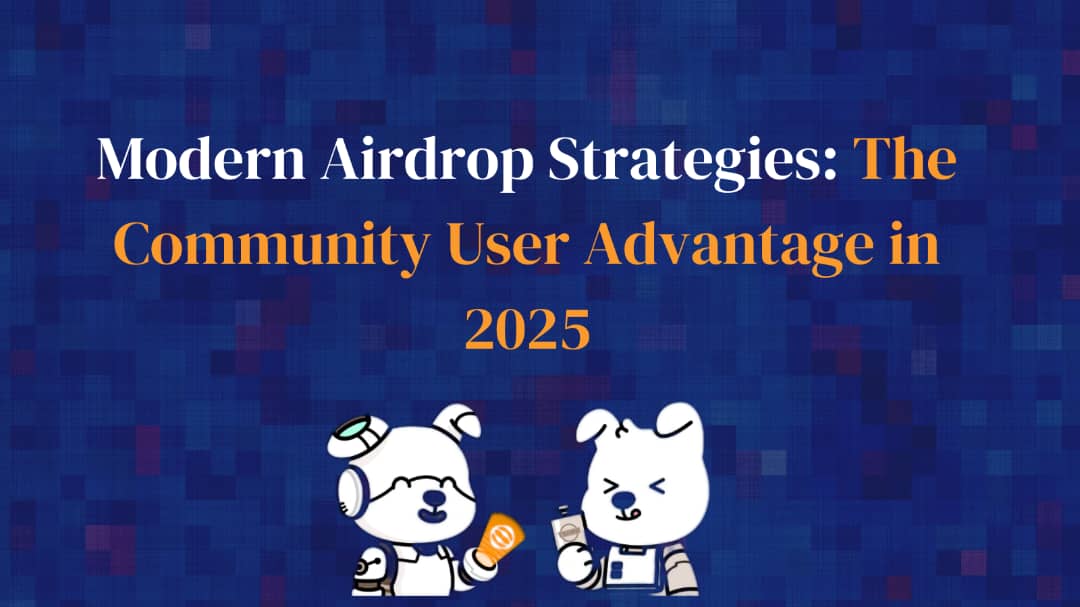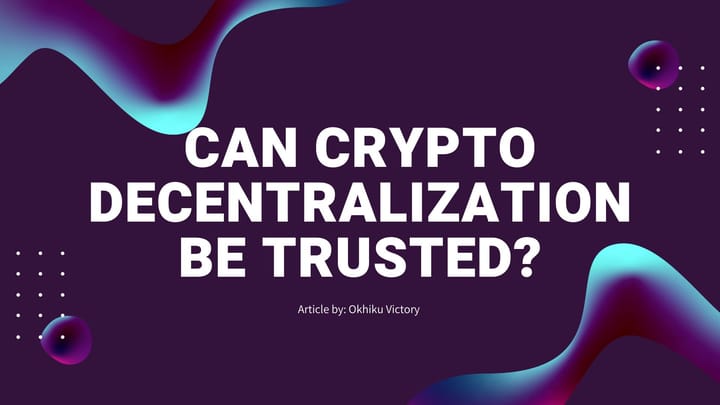Modern Airdrop Strategies: The Community User Advantage in 2025

✨ The Evolution of Airdrops: From Random Drops to Reward Systems
Back in 2020–2022, airdrops were largely a game of luck. Users who happened to interact with the right smart contracts or held certain tokens were rewarded out of the blue. Airdrops like Uniswap and 1inch were surprises, thank-you notes from protocols to their early adopters. But the game has drastically changed.
In 2025, airdrops are designed, measured, and targeted. Protocols now use airdrops to:
Drive long-term adoption and growth
Incentivize behavior aligned with their ecosystem goals
Build a loyal community before token generation events (TGEs)
This evolution has birthed campaign-based airdrops, complete with leaderboards, points systems, quests, and referral programs. Projects now use these tools to identify power users rather than passive token holders. It’s no longer about getting lucky, it’s about being intentional.
The shift from random airdrops to strategic distributions marks a maturity in the Web3 ecosystem, where marketing, tokenomics, and community-building intersect.
🤝 Why Community Users Hold the Edge
Whales and Sybil attackers may have the capital and tools to farm airdrops at scale, but they’re becoming easier to detect and exclude. Protocols now actively design their campaigns to reward organic and authentic behavior.
Community members especially those who actively contribute in public are now top-tier participants. Here’s why they’re winning:
- Social visibility: Users who write threads, answer questions, or create content bring more value than silent actors.
- On-chain consistency: Wallets with long-term, varied activity appear more legitimate.
- Engagement over time: Protocols are favoring those who stick around — not those who show up, farm, and bounce.
This means that Discord contributors, testnet bug reporters, and even community meme makers are seeing greater airdrop allocation than passive DeFi users.
The formula? Be active. Be useful. Be seen.
🧪 Case Study: Initia's Networked Campaign Model
Initia's campaign was more than an airdrop, it was an onboarding funnel disguised as a game.
- Points-for-participation: Users earned INITIA points by swapping tokens on testnet, deploying contracts, and referring others.
- Social and technical blend: Referrals, memes, and governance discussions earned as many points as testnet interaction.
- Off-chain + on-chain: Users got rewarded for Twitter engagement, community tips, and Discord mod work.
It proved that airdrops don’t have to be sterile or technical, they can be immersive and narrative-driven. And importantly, Initia penalized Sybil activity early, filtering out low-effort farmers.
This model created a user base that was technically engaged, socially visible, and economically aligned with the protocol’s goals.
🐻 Berachain: Loyalty Over Liquidity?
Berachain has embraced a philosophy of "proof of loyalty." The project introduced BERA points not just for liquidity or staking, but for:
- Long-term staking of testnet assets
- Cross-dApp usage
- Engagement with validators and DAOs
Rather than short-term gains, Berachain focuses on users who commit and contribute. The project makes it harder for bots to farm by tracking:
- Wallet age and longevity
- Patterns of usage (single wallet vs. network of wallets)
- Multisig and delegation participation
Berachain signals a future where loyalty and proof-of-participation become more important than flash farming. It’s no longer about just doing the task — it’s about showing that you’re in it for the long haul.
⚖ How to Position Yourself for Airdrops in 2025
To win in this new landscape, treat airdrops like early-stage investments — time, attention, and credibility matter more than capital. Here’s a tactical breakdown:
- Track Testnets and Campaigns
- Use tools like DeFiLlama, Airdrop Hunt, and Mitosis Alpha for updates.
- Join projects early and follow roadmap announcements closely.
- Build Wallet Reputation
- Avoid creating multiple wallets unless required.
- Keep your wallet active across different ecosystems (ZK, Cosmos, EVM chains).
- Create & Share Content
- Threads, tutorials, memes, anything that educates or amplifies.
- Tag protocols and contribute to their community growth.
- Participate Beyond Transactions
- Engage in governance forums, provide feedback, or join working groups.
- Social participation now counts as on-chain value.
- Diversify Airdrop Styles
- Some are action-based (zkSync), others loyalty-based (Berachain), others referral-heavy (Initia).
- Adapt your strategy per campaign.
🌎 Why the Community User Meta Will Only Grow Stronger
Protocols are tired of short-term mercenaries. They want to build sticky ecosystems and community users are the glue. As token distributions mature, the “community user” becomes the MVP:
- Trusted by the team
- Recognized by the public
- Integrated into the protocol’s journey
In 2025 and beyond, your social capital is your airdrop capital.
🧠 Conclusion: This Isn’t Just Free Money, It’s a Game of Identity
The community user meta has flipped the script. You don’t need to be early with capital, you just need to be early with contribution.
Airdrops in 2025 aren’t for everyone, they’re for the ones who show up, participate, learn, and teach.
You’re not farming points, you’re farming proof of involvement. And the protocols watching your wallet? They know the difference.
You can also read other content in the mitosis university by Exploring
Are you ready to be part Mitosis Community?



Comments ()